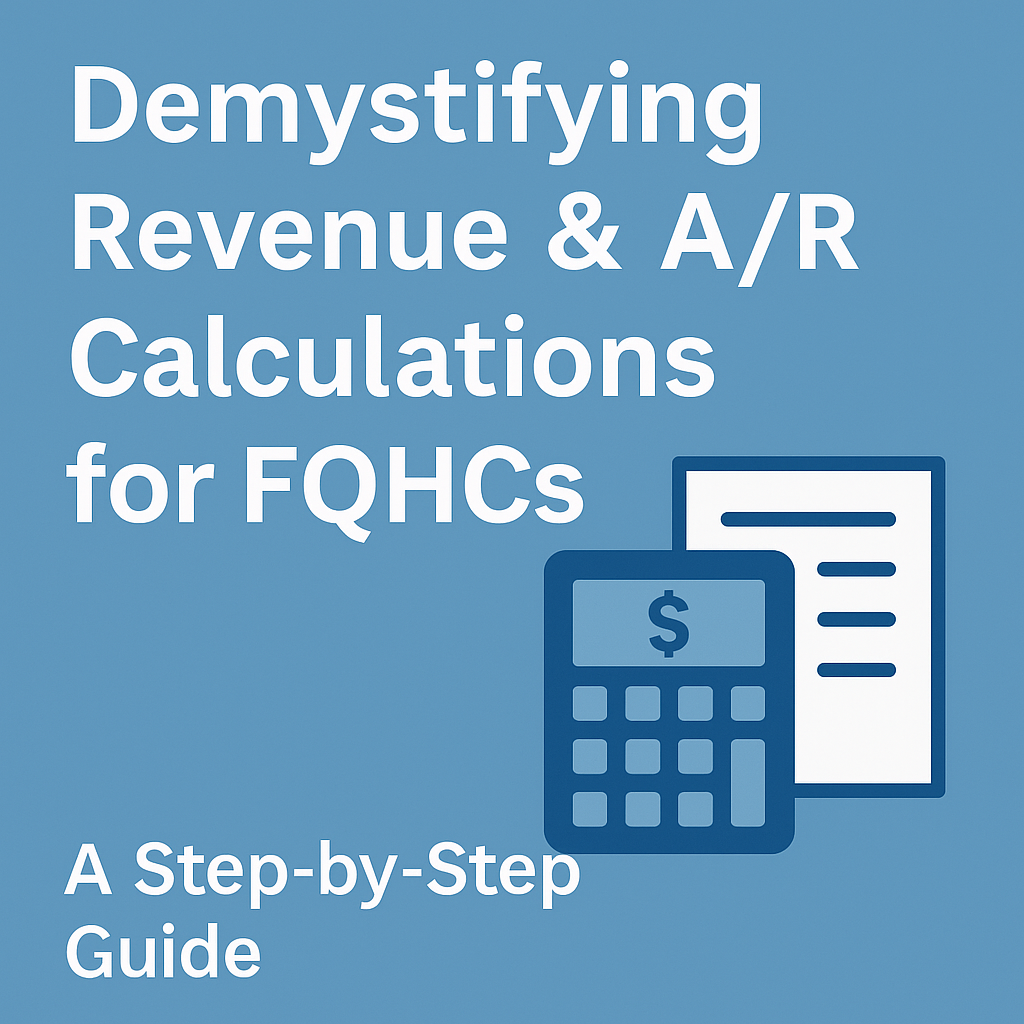Strategic Scheduling: A Hidden Growth Engine for FQHCs 
At first glance, scheduling may seem like a simple administrative task—matching open time slots to patient appointments. But for Federally Qualified Health Centers (FQHCs), it’s much more than that. Effective scheduling is one of the most underused tools for improving provider productivity, enhancing access to care, and generating sustainable revenue.
When viewed through a strategic lens, scheduling becomes a growth engine—not just a calendar.
Why Scheduling Is Central to Productivity
In many FQHCs, provider schedules are inherited rather than designed. They’re often built around legacy habits, provider preferences, or outdated assumptions. The result? Missed opportunities to:
- Reduce gaps in the schedule
- Accommodate community demand
- Increase revenue without adding provider hours
A high-functioning schedule isn’t just full—it’s smart.
Build Smarter Templates Based on Real Data
Use visit data, billing trends, and community health patterns to create flexible, demand-responsive templates.
For example:
- Mornings may be ideal for chronic care follow-ups when patients are most alert.
- Afternoons may be better for acute sick visits or pediatric appointments.
- Mondays and Fridays may have higher no-show rates and need built-in buffer time.
Revisit and adjust templates quarterly to reflect seasonal shifts (e.g., flu season, school physicals, holiday slowdowns).
Integrate Billing Intelligence into Scheduling Decisions
Don’t schedule in a silo. Your billing data contains valuable insights that can inform: 
- Which appointment types are most profitable and frequently reimbursed
- Which payers limit visit frequency
- Which services tend to trigger denials
Use this information to guide front-desk staff and schedulers toward prioritizing higher-yield visit types or spacing out certain visits to avoid claim denials.
Rethink Overbooking: Strategic, Not Reckless
While overbooking can feel risky, it’s often necessary—especially in clinics with high no-show rates. The key is to do it strategically.
- Use historical data to identify time blocks with consistent no-shows.
- Selectively double-book during those windows only.
- Train your front-desk team to triage walk-ins efficiently and balance patient flow.
Monitor patient feedback regularly to ensure overbooking doesn’t compromise satisfaction.
Create a Scheduling Task Force
Scheduling should not be left to one person or department. Establish a cross-functional team that includes:
- Providers
- Front-desk/schedulers
- Billing staff
- Operations managers
Meet monthly or quarterly to review scheduling KPIs, discuss patient trends, and implement continuous improvement efforts. This not only boosts efficiency but also ensures buy-in across departments.
Final Thought: Scheduling as Strategy
When executed well, scheduling doesn’t just fill the day—it powers the entire mission. It improves care access, increases provider satisfaction, reduces bottlenecks, and helps FQHCs thrive financially.
FQHCs that embrace scheduling as a core operational strategy—not a clerical task—are the ones positioned for long-term sustainability and community impact.
.png)
2 min read
Banishing the Billing Ghosts: Getting Paid, The First Time
In healthcare billing, nothing drains energy and revenue faster than rework. Every denied claim, every code mismatch, every missing modifier is like...
-1.png)
3 min read
The $1.6 Billion Blind Spot: Why Recoupments Are Eroding Healthcare Margins
Every month, healthcare providers across the United States lose more than $1.6 billion to recoupments—payments that were already received,...


